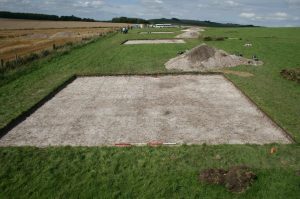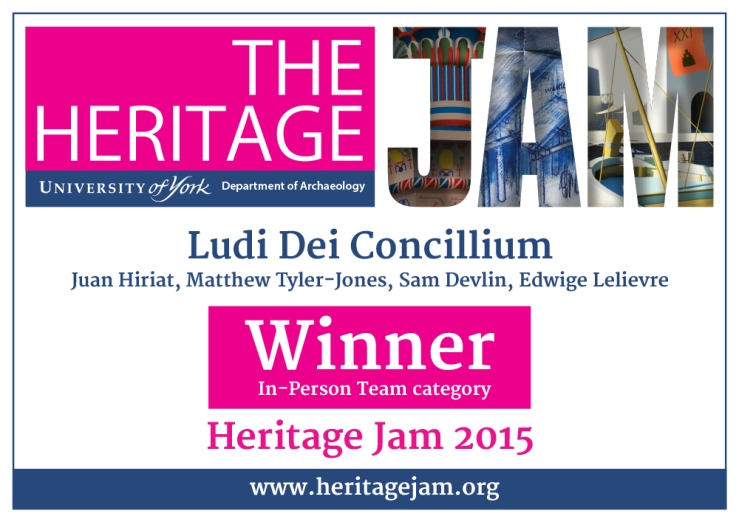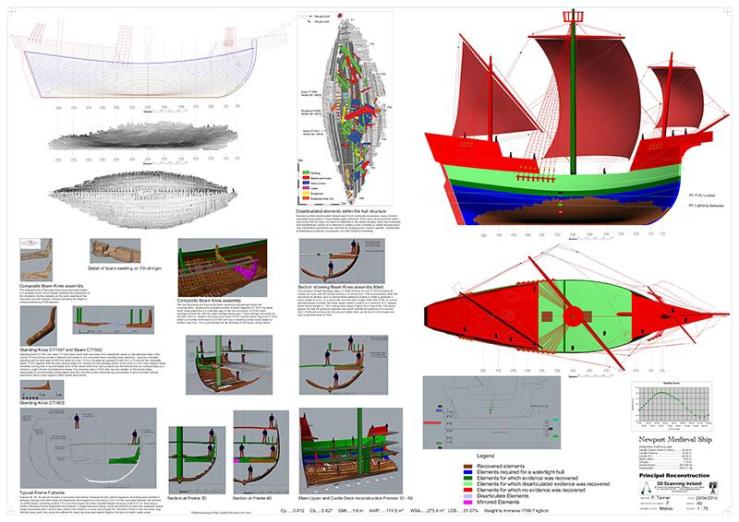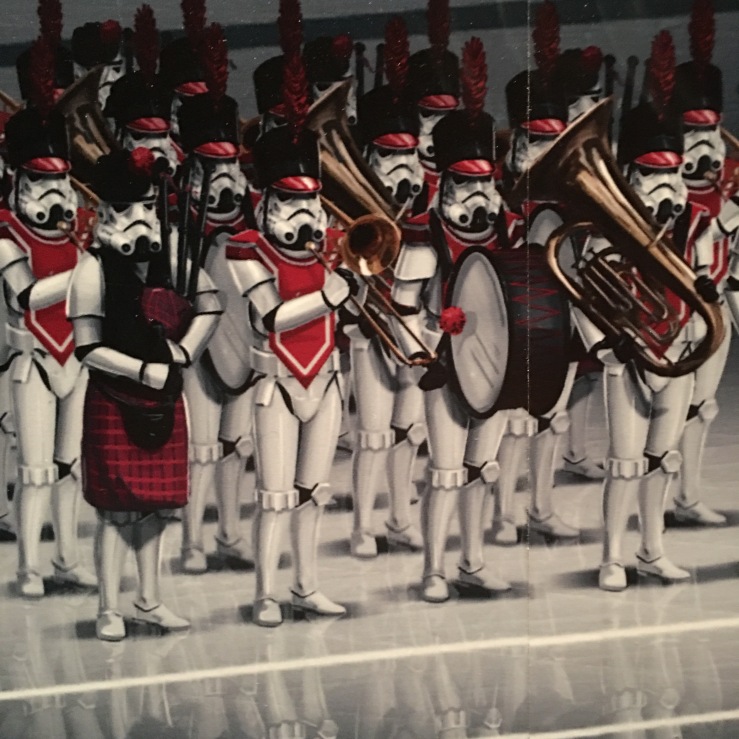The Navigation of Feeling
“What are Emotions?” is a question asked by William Reddy (2001) in his book The Navigation of Feeling: A Framework for the History of History of Emotions. The first part of that books looks at the answers, from Cognitive Psychology in the first chapter, and Anthropology in the second. He points out early, however that:
Western specialists who study emotion cannot even agree on what the term emotion means.
Continue reading →







